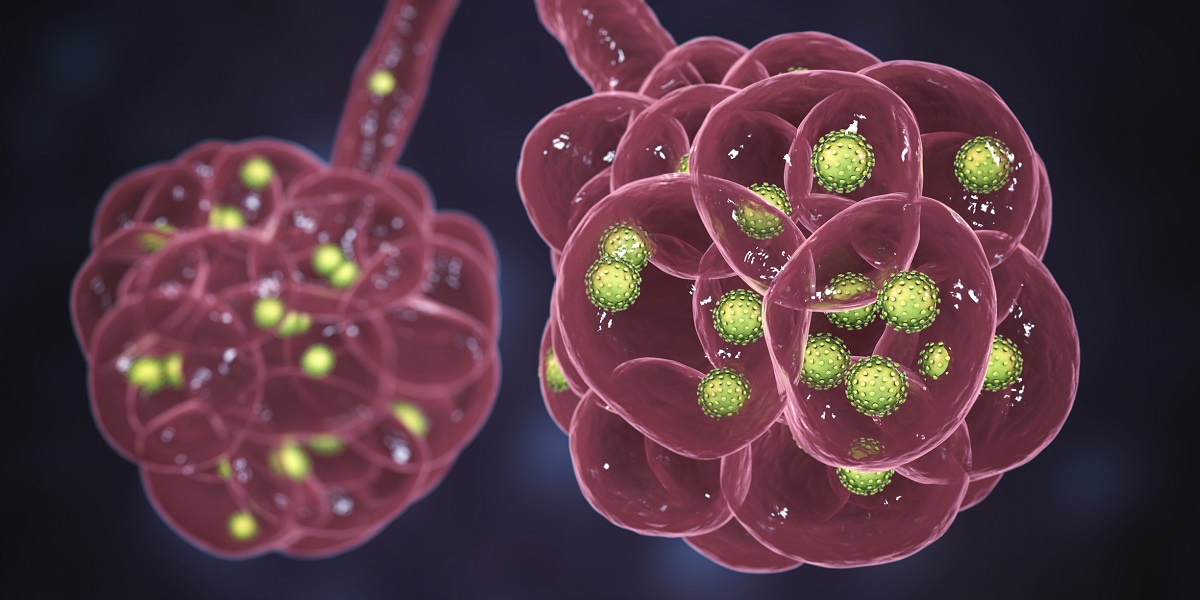KEY TAKEAWAYS
- The study aimed to investigate the role of SLC14A1 in the pathogenesis and progression of metachronous liver metastasis in CRC.
- Researchers found SLC14A1 to be a key regulator in CRC liver metastasis, indicating its potential as a therapeutic target.
Colorectal cancer (CRC) metachronous liver metastasis is a significant clinical challenge, largely attributable to the late detection and the intricate molecular mechanisms that remain poorly understood.
Yixun Zhang and the team aimed to elucidate the role of Solute Carrier Family 14 Member 1 (SLC14A1) in the pathogenesis and progression of CRC metachronous liver metastasis.
They performed an inclusive analysis of patients with CRC data from The Cancer Genome Atlas and GSE40967 databases, focusing on the differential expression of genes linked to non-metachronous and metachronous liver metastasis. Functional assays, both in vitro and in vivo, were conducted to evaluate the biological impact of SLC14A1 modulation in CRC cells.
Additionally, gene set enrichment analysis, molecular assays, and immunohistochemical analyses on clinical specimens were employed to unravel the mechanisms through which SLC14A1 influences CRC progression and metastasis.
About SLC14A1, it was identified as a differentially expressed gene, with its overexpression significantly correlating with poor relapse-free and overall survival (OS). Mechanistically, elevated SLC14A1 levels enhanced CRC cell invasiveness and migratory abilities, corroborated by upregulated TGF-β/Smad signaling and Epithelial-Mesenchymal Transition. SLC14A1 interacted with TβRII and stabilized TβRII protein, impeding its Smurf1-mediated K48-linked ubiquitination and degradation, thereby amplifying TGF-β/Smad signaling.
Additionally, TGF-β1 reciprocally elevated SLC14A1 mRNA expression, with Snail identified as a transcriptional regulator binding downstream of SLC14A1’s transcription start site, establishing a positive feedback loop. Clinically, SLC14A1, phosphorylated Smad2, and Snail were markedly upregulated in patients with CRC with metachronous liver metastasis, highlighting their potential as prognostic markers.
The study concluded that SLC14A1 serves as a critical regulator in CRC metachronous liver metastasis, revealing novel insights into the molecular crosstalk between SLC14A1 and TGF-β/Smad signaling. These findings enhance the understanding of CRC metachronous liver metastasis pathogenesis and underscore the potential of SLC14A1 as both a therapeutic target and a predictive marker.
This study was funded by China Postdoctoral Foundation (Grants No. 2023M732409).
Source: https://pubmed.ncbi.nlm.nih.gov/39061061/
Zhang Y, Yang Y, Qi X, et al. (2024). “SLC14A1 and TGF-β signaling: a feedback loop driving EMT and colorectal cancer metachronous liver metastasis.” J Exp Clin Cancer Res. 2024 Jul 27;43(1):208. doi: 10.1186/s13046-024-03114-8. PMID: 39061061; PMCID: PMC11282742.



